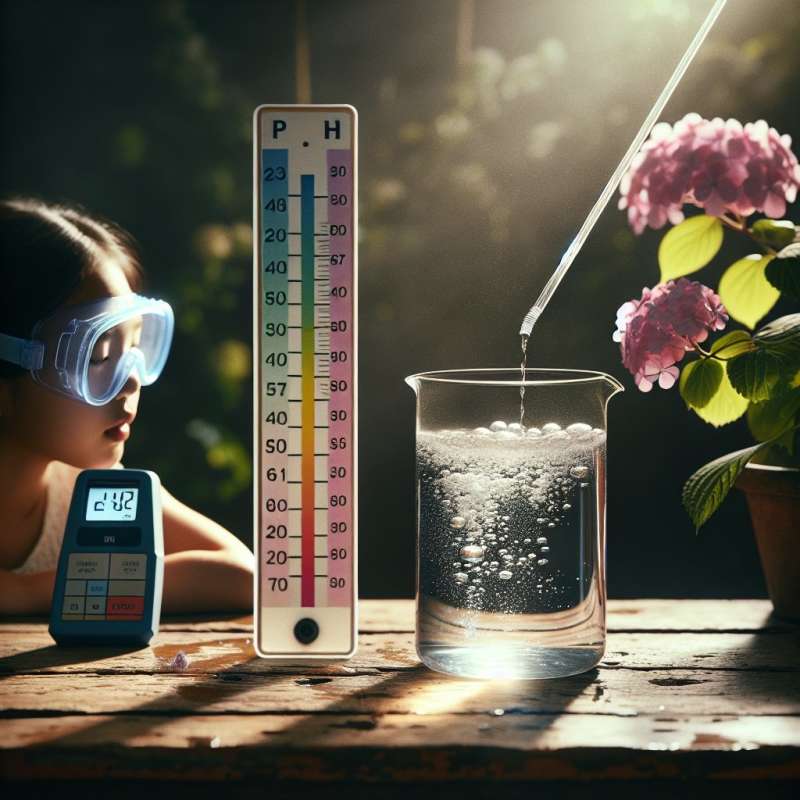
Acids and Bases Introduction
Acids and bases are substances that, respectively, donate and accept protons. They are essential in chemical reactions and are found everywhere, from lemon juice to soap.
The pH Scale
The pH scale measures acidity or basicity of a solution. Ranging from 0 to 14, a pH of 7 is neutral. Lower values are acidic, while higher values are basic. pH is logarithmic, meaning each number is 10 times different in hydrogen ion concentration than the next.
Acidic and Basic Water
Pure water is neutral, but can become acidic or basic. When CO2 dissolves in water, it forms carbonic acid. Rainwater is naturally acidic due to this, having a pH close to 5.6, not 7.
Bases in Medicine
Bases play a critical role in medicine. Antacids, which are bases, neutralize stomach acid, providing relief from indigestion. They work by raising the pH of stomach contents.
Acids in Food Preservation
Acids are key in food preservation. They inhibit microbial growth, ensuring food safety. Vinegar (acetic acid) and citric acid are common preservatives. pH of preserved food is usually below 4.6 to prevent botulism.
Acid Rain
Acid rain is not just acidic water; it's a complex chemical phenomenon. It results when sulfur dioxide and nitrogen oxides react with water vapor, creating strong acids. This can lead to forest destruction and building corrosion.
Neutralization Reaction
When acids and bases mix, they can neutralize each other. This reaction forms water and a salt. For example, hydrochloric acid and sodium hydroxide produce sodium chloride (table salt) and water.Acidic Oceans
The world's oceans absorb CO2, forming carbonic acid, making them 30% more acidic since the Industrial Revolution.
What do acids donate?
Electrons
Protons
Neutrons
Company